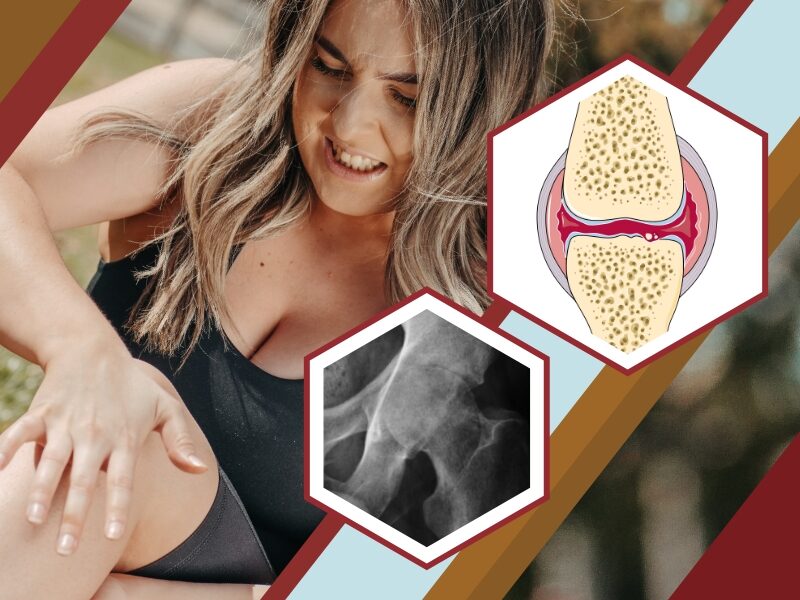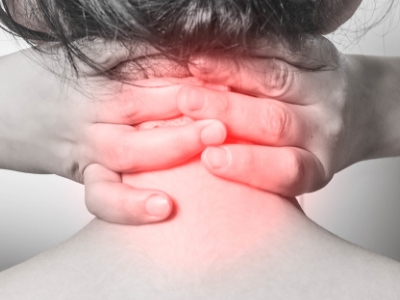Rheumatoid Arthritis: Symptoms, Causes, and Treatment

What is Rheumatoid Arthritis?
Rheumatoid arthritis is an autoimmune and inflammatory disease that causes your immune system to attack the healthy cells in your body by mistake. It leads to inflammation in the affected parts of the body. RA mainly attacks the joints, usually many joints commonly in the hands, wrists, and knees. This damage can cause long-lasting or chronic pain, unsteadiness, and deformity.

Signs and Symptoms?
- Pain, stiffness, swelling, and tenderness in more than one joint.
- Stiffness especially in the morning
- Pain and stiffness after sitting for long periods.
- Pain and stiffness in the same joints on both sides of your body.
- Fatigue
- Fever
- Weakness
As the disease progresses the symptoms spread and affect the wrists, shoulders, elbows, hips, and ankles. About 40% of people who have this condition also experience signs and symptoms that don’t involve the joints. Areas that may be affected include:
- Eyes
- Skin
- Lungs
- Heart
- Kidneys
- Blood vessels
- Salivary glands
- Nerve tissue
- Bone marrow

What Causes Rheumatoid Arthritis?
Rheumatoid arthritis is an autoimmune disease caused by your immune system that attacks healthy tissue in your joints. It can also cause medical problems with your heart, lungs, eyes, skin, and nerves. There is no specific cause of the condition but in some cases reacts to environmental factors. Here are several risk factors of RA that you should watch out for:
- Gender and age. Women are more likely than men to develop this condition. It can occur at any age, but it most commonly begins in middle age.
- Family history. You may be at greater risk of developing this condition and some of its symptoms if a member of your family has it.
- Smoking. A genetic predisposition for developing RA increases your risk of developing the disease if you smoke cigarettes. Smoking also appears to be associated with greater disease severity.
- Excess weight. This condition appears to be somewhat more likely to develop in overweight people.
Diagnosing Rheumatoid Arthritis
- People with RA often have an elevated erythrocyte sedimentation rate or C-reactive protein level, which may indicate the presence of an inflammatory process in the body.
- Other common blood tests look for some risk factors and anti-cyclic citrullinated peptide antibodies.
- Your doctor may recommend X-rays to help track the progression of RA in your joints over time.
- MRI and ultrasound tests can help your doctor judge the severity of the disease in your body.
Treatment and Management of Rheumatoid Arthritis
Rheumatoid arthritis has no cure however, clinical studies indicate that remission of symptoms is more likely when treatment begins early with medications. Typical medications are NSAIDs, biological agents, steroids, targeted, and conventional DMARDS. Your doctor may also recommend a physical or occupational therapist to teach you to exercise and keep your joints flexible. Surgery is also permitted for patients if medication and therapy don’t work.
Medication Used for Rheumatoid Arthritis
Nabumetone is effective in the treatment of RA and soft tissue injuries. works well to relieve symptoms such as joint pain, swelling, and stiffness. Compared to similar medications, it has lower risks for stomach-related side effects. It usually starts working within a week, but in severe cases, it may take up to two weeks or longer before you start feeling better. Furthermore, it may take several weeks before you feel the full effects of nabumetone.
Lifestyle and Home Remedies for Rheumatoid Arthritis
- Gentle exercise can help strengthen the muscles around your joints, and it can help reduce the fatigue you might feel.
- Apply heat or cold to ease your pain and relax tense, painful muscles. Cold may dull the sensation of pain and has a numbing effect and can reduce swelling.
- Regular check also helps manage the symptoms especially before you plan to incorporate exercise activities.
- Avoid exercising tender, injured, or severely inflamed joints.
- Find ways to cope with pain by reducing stress in your life. Techniques such as guided imagery, deep breathing, and muscle relaxation can all be used to control pain.



